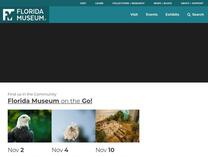TESI Grant Recipients Raise Awareness about Invasive Species While Inspiring a Love for Ants – Thompson Earth Systems Institute https://www.floridamuseum.ufl.edu/earth-systems/blog/bringing-awareness-to-elementary-school-students-about-the-risk-of-invasive-species-and-inspiring-a-love-for-ants/
Ants offer a window into the scale of the invasive species problem and Florida hosts 12 of the worst invasive ant species worldwide.
several species of native ants: the Florida carpenter ant (Camponotus floridanus), pyramid

